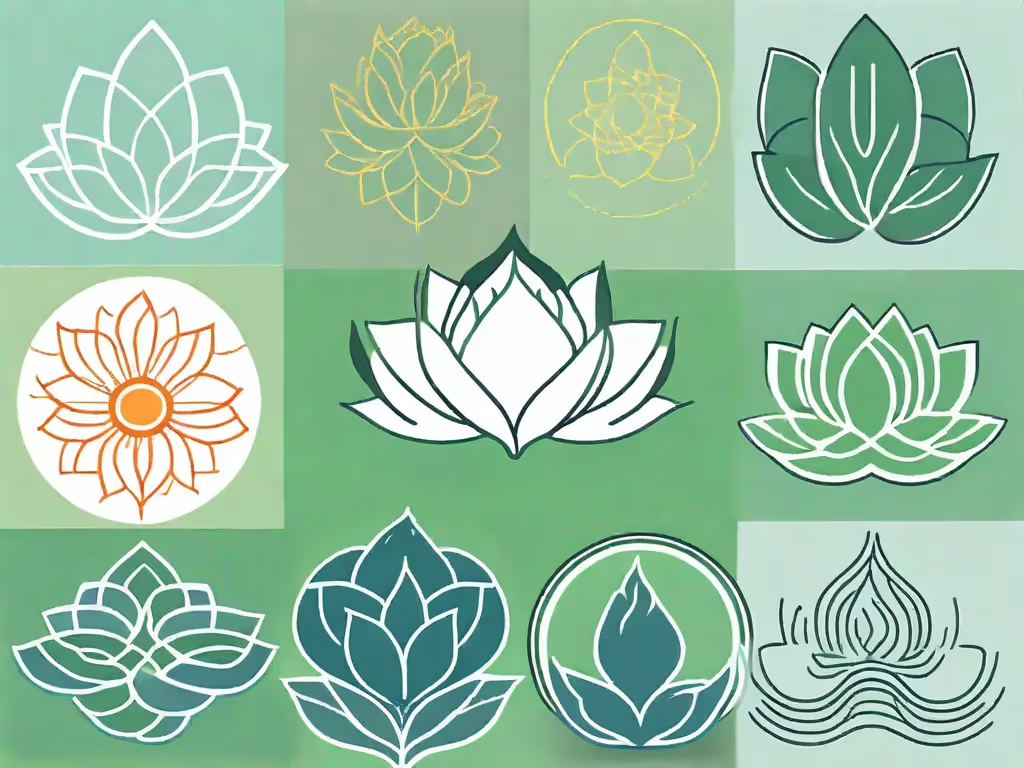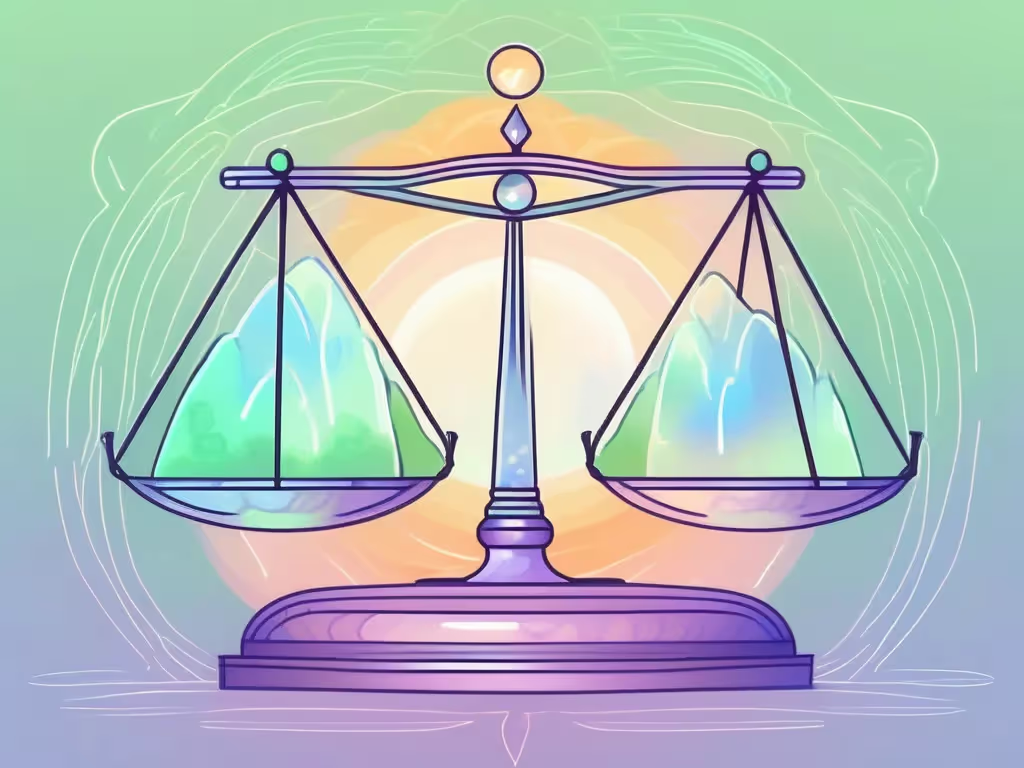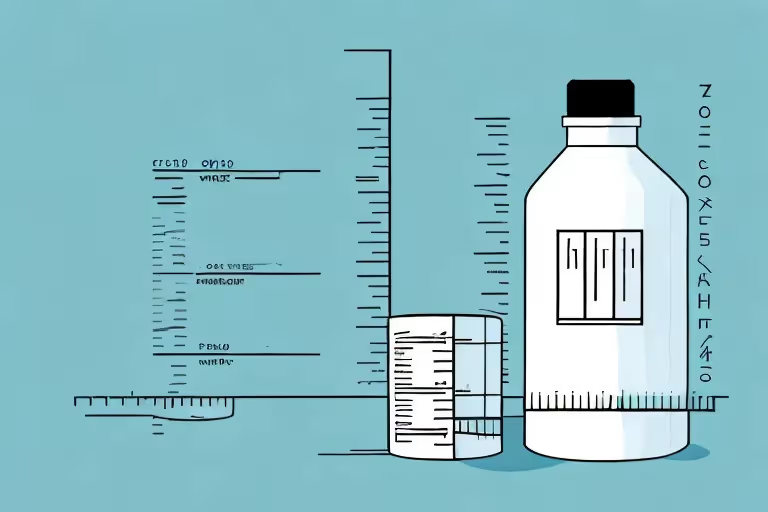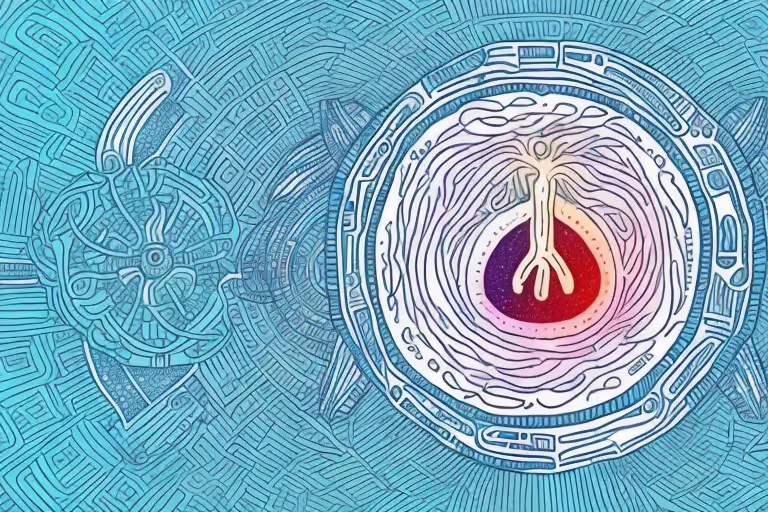In today's fast-paced world, finding moments of peace and tranquility can be a challenge. That's where meditation comes in. Meditation is a practice that has been around for centuries and is known for its many benefits. But with so many different techniques out there, how do you know which one is right for you? This meditation infographic is here to help you visualize the different meditation techniques and find your path to inner peace.
Understanding the Basics of Meditation
Meditation is more than just sitting quietly and emptying your mind. It's about finding a connection with your inner self and achieving a state of profound relaxation. The importance of meditation in daily life cannot be overstated. It helps reduce stress, improve focus and concentration, increase self-awareness, and promote emotional well-being. By incorporating meditation into your routine, you can experience these life-changing benefits.
When it comes to meditation, it's important to understand that there is no one-size-fits-all approach. Different techniques work for different individuals, and it's essential to find the one that resonates with you the most. Whether you prefer mindfulness meditation, guided visualization, or transcendental meditation, the key is to find a practice that aligns with your needs and preferences.
The Importance of Meditation in Daily Life
Meditation has a tremendous impact on our mental and physical well-being. Research has shown that regular meditation practice can improve sleep quality, reduce anxiety and depression, lower blood pressure, and enhance immune function. It can even improve cognitive abilities, such as attention and memory. So, if you're looking for a way to improve your overall health and well-being, meditation is a great place to start.
One of the primary benefits of meditation is stress reduction. In today's fast-paced world, stress has become a common part of our lives. However, chronic stress can have detrimental effects on our health, leading to various physical and mental ailments. Meditation provides a much-needed break from the chaos of everyday life, allowing us to relax and recharge. By practicing meditation regularly, we can train our minds to become more resilient to stress and cultivate a sense of inner peace.
In addition to stress reduction, meditation also improves focus and concentration. In a world filled with distractions, it can be challenging to stay focused on the task at hand. However, through meditation, we can train our minds to become more present and attentive. By practicing mindfulness, we learn to observe our thoughts and emotions without judgment, allowing us to stay focused on the present moment. This heightened sense of focus and concentration can have a positive impact on our productivity and overall performance in various areas of life.
Different Types of Meditation Techniques
There are various types of meditation techniques, each with its own focus and benefits. Mindfulness meditation, for example, involves being fully present in the moment and observing your thoughts and emotions without judgment. This practice helps cultivate a sense of awareness and acceptance, allowing us to develop a deeper understanding of ourselves and the world around us.
Guided visualization, on the other hand, uses the power of imagination to create a peaceful and serene mental image. By visualizing ourselves in a calm and tranquil environment, we can induce a state of relaxation and reduce stress. This technique is particularly helpful for individuals who find it challenging to quiet their minds and prefer a more guided approach to meditation.
Transcendental meditation focuses on repeating a mantra to achieve a deep state of relaxation and inner calm. By silently repeating a specific word or phrase, we can enter a state of deep relaxation and access a higher level of consciousness. This technique is often practiced for 20 minutes, twice a day, and has been shown to have numerous benefits, including reduced anxiety, improved focus, and increased self-awareness.
By exploring different meditation techniques, you can find the one that resonates with you the most. Whether you prefer the simplicity of mindfulness meditation, the visualization aspect of guided visualization, or the mantra repetition of transcendental meditation, the key is to find a practice that feels natural and enjoyable to you.
The Art of Visualizing Meditation
One meditation technique that stands out is visualization. The role of visualization in meditation is to use the power of imagination to create a mental picture that promotes relaxation and inner peace. By engaging your senses and immersing yourself in a peaceful environment, you can enhance your meditation experience.
The Role of Visualization in Meditation
Visualization is a powerful tool that allows you to tap into your subconscious mind and manifest positive change. By visualizing your desired outcome during meditation, you are planting the seeds of success in your mind. Whether it's visualizing a peaceful scene, envisioning your goals, or imagining yourself in a position of strength and confidence, visualization can be a transformative practice.
Steps to Effective Visualization
Effective visualization requires a few simple steps. First, find a quiet and comfortable space where you can relax. Close your eyes and take deep breaths to calm your mind. Then, create a mental image that resonates with you – it could be a serene beach, a lush forest, or a cozy cabin in the mountains. Engage all your senses to fully immerse yourself in this image. Feel the warmth of the sun, hear the soothing sounds of nature, and breathe in the fresh air. Allow yourself to stay in this visualization for as long as you need, experiencing the peace and tranquility it brings.
Infographic Breakdown: Meditation Techniques
Now, let's dive into the different meditation techniques presented in the infographic. Guided visualization techniques involve listening to a recorded meditation that guides you through a series of visualizations, helping you relax and find inner peace. Mindfulness meditation techniques focus on being fully present in the moment, observing your thoughts and emotions without judgment. Transcendental meditation techniques involve repeating a mantra to achieve a deep state of relaxation and connect with your inner self.
Guided Visualization Techniques
Guided visualization techniques offer a structured approach to meditation. By following along with a guided meditation, you can easily enter a state of deep relaxation and tap into the power of your imagination. These techniques are particularly helpful for beginners who may find it challenging to quiet their minds and stay focused.
Mindfulness Meditation Techniques
Mindfulness meditation techniques are all about being in the present moment. By observing your thoughts and emotions without judgment, you can cultivate a sense of inner peace and acceptance. Mindfulness meditation has been scientifically proven to reduce stress, improve focus, and enhance overall well-being.
Transcendental Meditation Techniques
Transcendental meditation techniques involve repeating a mantra, a word or phrase, to achieve a state of deep relaxation and transcendence. This technique allows you to go beyond the surface level of your thoughts and connect with your deeper self. Transcendental meditation is popular for its simplicity and effectiveness in promoting relaxation and self-discovery.
Tips for Incorporating Meditation into Your Routine
Now that you have a better understanding of the different meditation techniques, it's time to start incorporating meditation into your routine. Here are a few tips to help you get started:
Choosing the Right Meditation Technique
There is no one-size-fits-all when it comes to meditation techniques. Experiment with different methods and see which one resonates with you the most. Trust your intuition and choose a technique that aligns with your goals and preferences.
Creating a Conducive Environment for Meditation
Find a quiet and comfortable space where you can meditate without distractions. You can enhance the ambiance by using essential oils, lighting candles, or playing soothing music. Creating a sacred space for your meditation practice can help you feel more focused and relaxed.
Overcoming Common Meditation Challenges
Meditation is a practice, and like any practice, it takes time and patience to see the results. Don't get discouraged if your mind wanders or if you find it challenging to sit still. Be kind to yourself and keep coming back to your practice. With consistency and dedication, you will reap the benefits of meditation.
The Impact of Regular Meditation on Health and Wellness
Regular meditation has a profound impact on your overall health and well-being. The physical benefits of regular meditation include reduced stress, improved sleep, lowered blood pressure, and enhanced immune function. On the other hand, the mental and emotional benefits of regular meditation include reduced anxiety and depression, improved focus and concentration, increased self-awareness, and greater emotional resilience.
Physical Benefits of Regular Meditation
Meditation has been shown to have a positive impact on physical health. Regular meditation practice can help reduce stress hormones, alleviate chronic pain, improve cardiovascular health, and boost the immune system. Incorporating meditation into your routine can help you feel more energetic, balanced, and in tune with your body.
Mental and Emotional Benefits of Regular Meditation
Regular meditation practice has numerous benefits for mental and emotional well-being. It helps calm the mind, reduce anxiety and depression, and improve overall emotional resilience. By cultivating a sense of inner peace and self-awareness, meditation empowers you to navigate life's challenges with grace and equanimity.
Long-Term Effects of Consistent Meditation Practice
Consistent meditation practice has lifelong effects on your well-being. Over time, regular meditation can help you develop a deeper connection with yourself and others, enhance your intuition and creativity, and foster a greater sense of compassion and gratitude. The more you practice, the more you will experience the transformative power of meditation in your life.
As you embark on your meditation journey, consider using the Aura Health App to support your practice. The app offers guided meditation exercises, personalized recommendations, and a supportive community to help you stay motivated and make the most of your meditation practice. So why wait? Start visualizing your way to inner peace and well-being today.
Aura is Your All In One App for Meditation, Mindfulness Wellbeing
Find peace every day with one app for your whole well-being. There is no one-size-fits-all solution to mental well-being. Aura is the first all-in-one wellness app that learns how to best help you. Discover an endless library of expert-created tracks for your well-being, all taught by the world’s best coaches, therapists, and storytellers. With Aura's personalized recommendations, you can find peace every morning, day and night.



.webp)






.avif)

%20(1).avif)


.avif)
.avif)
.webp)


.avif)


















































































































.avif)

















.svg)



.avif)





